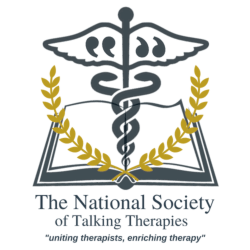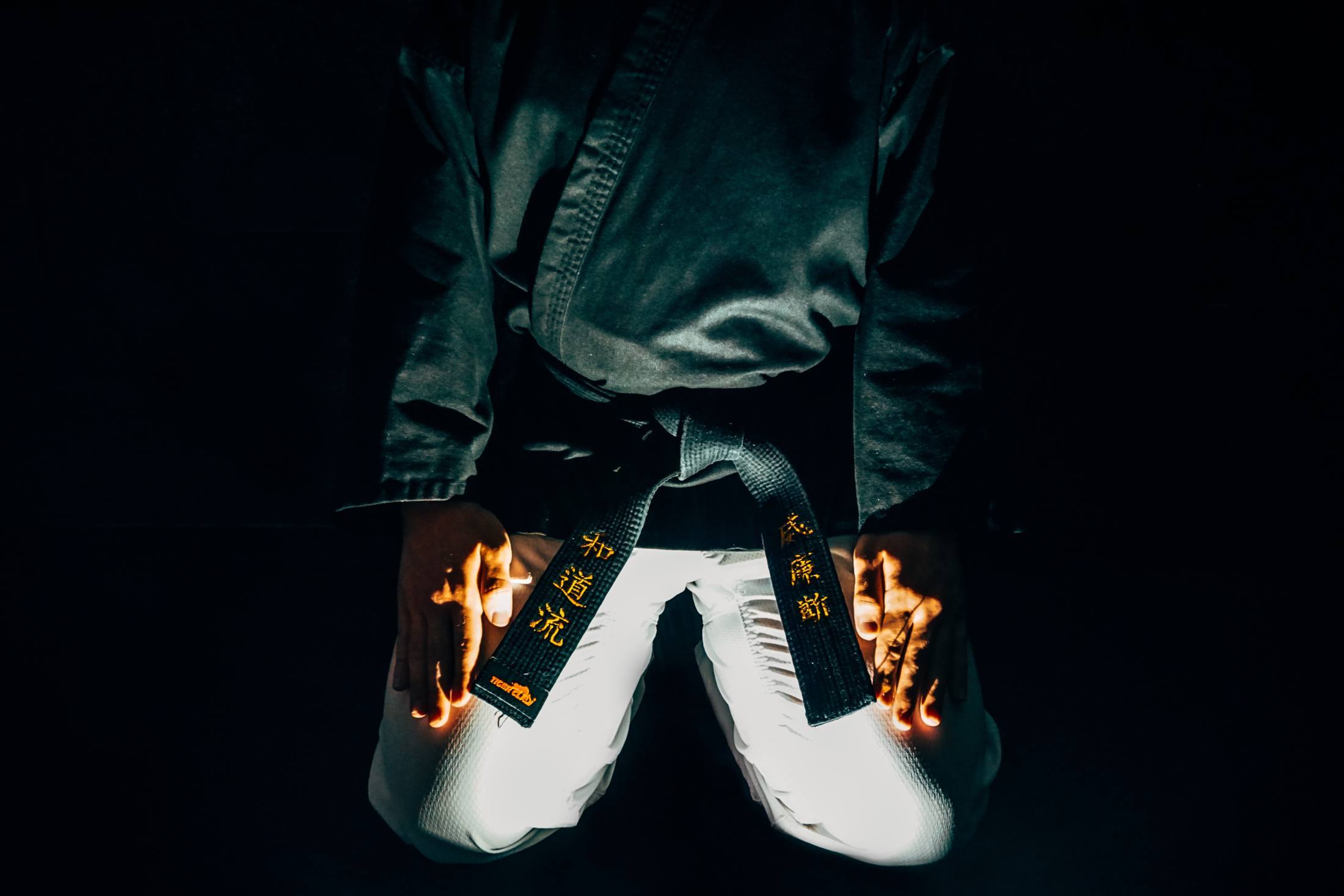The third part of Andy Smith’s blog series for the NSTT where he explores the need for flexibility and being open-minded in both the therapy world and the world of martial arts.
The importance of remaining open-minded and flexible…
For me, starting training with The National College of Hypnosis and Psychotherapy was something of a ‘happy accident’.
I had previously completed a foundation course with another hypnotherapy “institution” (for want of a better word). After completing the first stage I decided not to continue with them. The main reason contributing to my decision was down to their philosophy.
On the opening day of the course we were verbally given a list of issues which hypnotherapy COULD NOT and MUST NOT be used for…. It gave me the impression the that hypnotherapy (already suffering from marginalisation in the therapeutic world) had just taken itself one step closer to the edge of the psychotherapeutic merry-go-round and I wondered if it would be of any use at all.
This Attitude Extends Beyond the World of Hypnosis
In preparation for a martial arts grading I had attended a couple of months of classes taught by a different Escrima group. Escrima is a native Filipino martial art which incorporates the use of sticks, edged weapons such as knives and empty hand. In the Philippines, each village had its own style of fighting, it was tribal and the mixture of poverty, crime, and village bragging rights often led to very real and very brutal confrontations. This hostility had even managed to reach the depths of a Nottinghamshire leisure centre when the chief instructor at this new club said to me
“You train Latosa Escrima don’t you?”
I told him I did. To which he replied
“Well you can forget all that s**t, Latosa is rubbish.”
I wasn’t surprised by this opening tirade. Martial arts are full of prejudices against every other style of martial arts.
An Integrative Approach
During training with my instructor, we often talked about different schools of martial arts as Fuseki prides itself on being an integrated system; following the philosophy of Bruce Lee whereby we take what is useful and discard what is not. This doesn’t mean however that you do a little bit of one thing and a little bit of another and hope it’s enough to cobble together a coherent solution to someone trying to kick or stab you. Instead, you develop and grow constantly through the learning of diverse techniques from various arts and knowing which technique from which art offers an appropriate solution; and widening your understanding to a point where you’re able to make an informed choice from a range of options that you have assimilated within your style of combat.
I felt this put me in good stead for starting my learning and development as a therapist. On the first day Stuart spoke of Gestalt, Rogerian, Transactional Analysis, Psychodynamic, Freud, Jung, Adler, Berne… It seemed an endless list and to be honest I had no clue past Freud and Rogers but it was incredibly appealing to hear of the diverse range of therapeutic styles we would cover.
In time I learned to love some of these (and less so others), but through my experiences of martial arts training I had learned to develop an appreciation for everything that we learned and continue to learn about. This was highlighted in class discussions where stalwart Psychodynamic or NLP enthusiasts would argue over which therapy was more effective… I found myself unconcerned by who was “right”, instead I found myself trying to weigh-up what else I’d need to learn in order to recognise when either of these may be the best option to use with my clients.
Be Like Water…
I feel that my beliefs are very much aligned with the NCHP in terms of embracing each school of psychotherapeutic thought. The martial arts has taught me the value of learning and appreciating diversity. I occupied myself more with the question of what best to use to help my client? As opposed to whose3 therapeutic mast can I pin my colours to, and then steadfastly reject all other ideas?
I have learned the value of adapting and responding to what my client needs. As Bruce Lee compared it to being like water, saying:
“Empty your mind, be formless, shapeless, like water. If you put water into a cup, it becomes the cup. You put water into a bottle and it becomes the bottle. You put it in a teapot it becomes the teapot. Now water can flow, or it can crash. Be water, my friend.”

